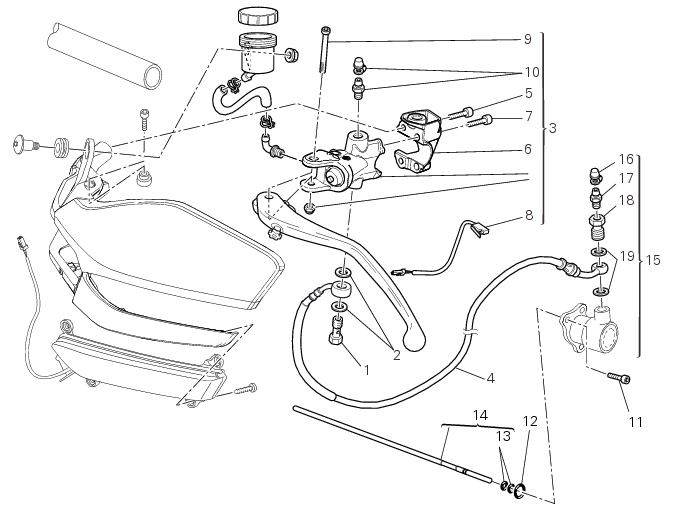
|
5
|
|
7
|
|
9
|
|
10
|
|
11
|
|
12
|
|
13
|
|
16
|
|
17
|